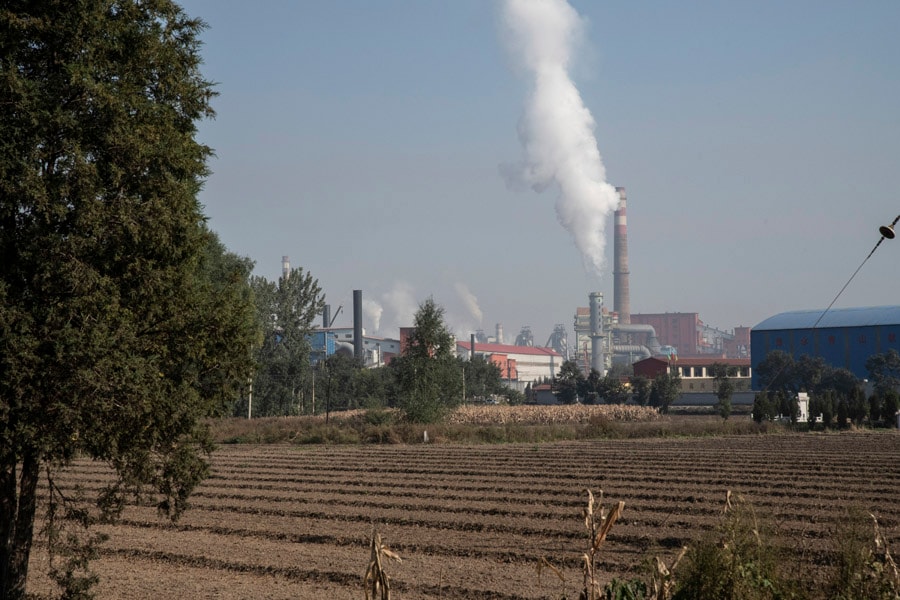
China hurries to burn more coal, putting climate goals at risk
Desperate to meet its electricity needs, China is opening up new coal production exceeding what all of Western Europe mines in a year, at a tremendous cost to the global effort to fight climate change
 Smokestacks at an industrial park in Jiexiu, China, Oct. 22, 2021. Burning coal, already the world’s single biggest cause of human-driven climate change, will increase China’s emissions and toxic air pollution.. (Gilles Sabrie/The New York Times)
Smokestacks at an industrial park in Jiexiu, China, Oct. 22, 2021. Burning coal, already the world’s single biggest cause of human-driven climate change, will increase China’s emissions and toxic air pollution.. (Gilles Sabrie/The New York Times)
Desperate to meet its electricity needs, China is opening up new coal production exceeding what all of Western Europe mines in a year, at a tremendous cost to the global effort to fight climate change.
The campaign has unleashed a flurry of activity in China’s coal country. Idled mines are restarting. Cottage-sized yellow backhoes are clearing and widening roads past terraced cornfields. Long columns of bright red freight trucks are converging on the region to haul the extra cargo.
China’s push will carry a high cost. Burning coal, already the world’s single biggest cause of human-driven climate change, will increase China’s emissions and toxic air pollution. It will endanger the lives of coal miners. And it could impose a long-term cost on the Chinese economy, even while helping short-term growth.
World leaders are gathering next week in Glasgow, Scotland, to discuss ways to halt climate change. But China’s extra coal by itself would increase humanity’s output of planet-warming carbon dioxide by a full percentage point, said Jan Ivar Korsbakken, a senior researcher at the Center for International Climate and Environmental Research in Oslo, Norway.
“The timing is horrible, coming right before the climate summit,” he said. “Let’s hope it’s just a temporary measure to mitigate the current energy crisis.”
©2019 New York Times News Service







